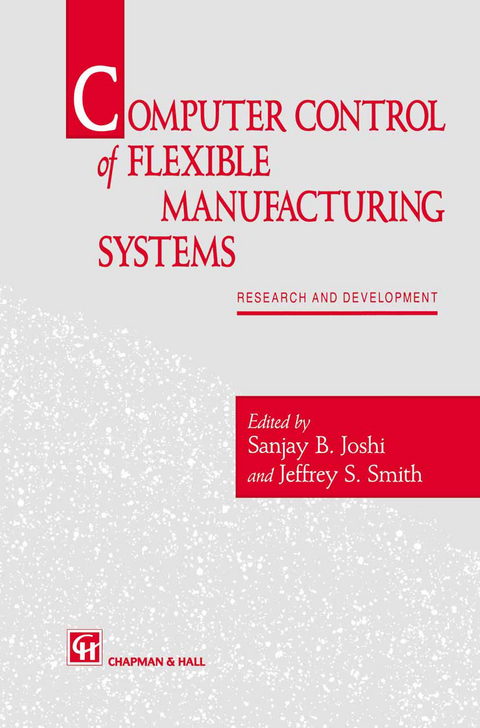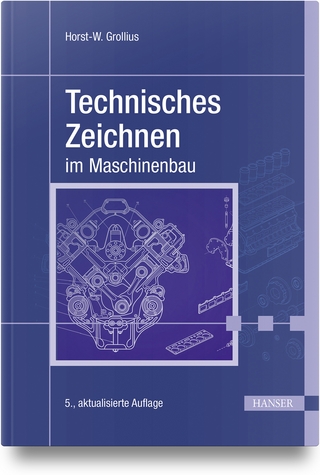
Computer control of flexible manufacturing systems
Springer (Verlag)
978-94-010-4538-4 (ISBN)
1. The role of CIM architectures in flexible manufacturing systems.- 2. Hierarchical control architectures from shop level to end effectors.- 3. Characteristics of computerized scheduling and control of manufacturing systems.- 4. Priority rules and predictive control algorithms for on-line scheduling of FMS.- 5. Scheduling of automated guided vehicles for material handling: dynamic shop floor feedback.- 6. An integrated planning and control system for scheduling in flexible manufacturing systems.- 7. Autonomous control for open manufacturing systems.- 8. Applications of Petri net methodology to manufacturing systems.- 9. Recent developments in modeling and performance analysis tools for manufacturing systems.- 10. Qualitative intelligent modeling of manufacturing systems.- 11. Formal models of execution function in shop floor control.- 12. Object-oriented design of flexible manufacturing systems.- 13. Efficient and dependable manufacturing — a software perpective.- 14. Process plan representation for shop floor control.- 15. Integration of cutting-tool management with shop-floor control in flexible machining systems.- 16. An object-oriented control architecture for flexible manufacturing cells.
| Zusatzinfo | XII, 478 p. |
|---|---|
| Verlagsort | Dordrecht |
| Sprache | englisch |
| Maße | 155 x 235 mm |
| Themenwelt | Informatik ► Weitere Themen ► CAD-Programme |
| Naturwissenschaften ► Chemie ► Technische Chemie | |
| Technik ► Maschinenbau | |
| ISBN-10 | 94-010-4538-0 / 9401045380 |
| ISBN-13 | 978-94-010-4538-4 / 9789401045384 |
| Zustand | Neuware |
| Haben Sie eine Frage zum Produkt? |
aus dem Bereich


